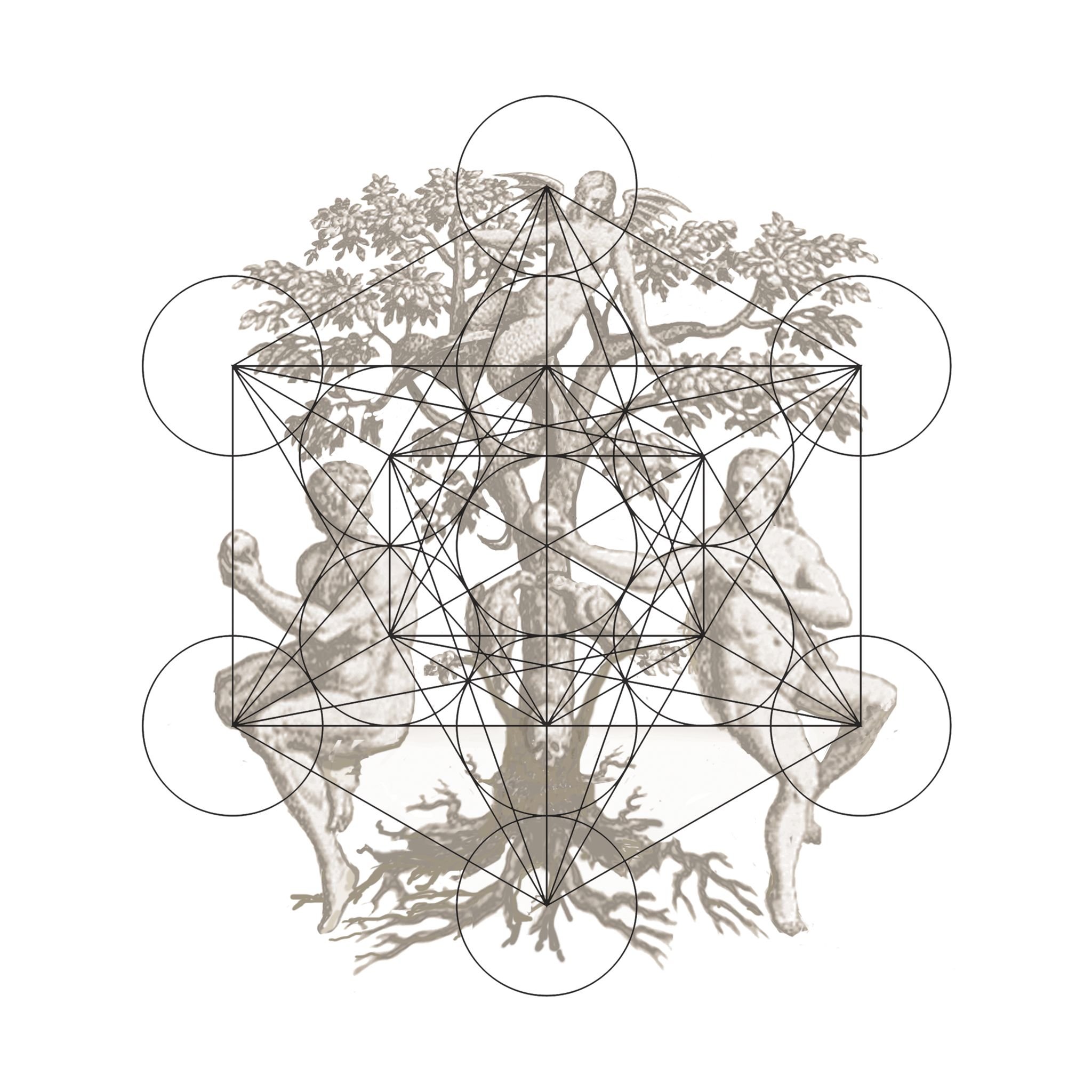
INTRODUCTION :
"Where Do We Come From,
What Are We,
Where Are We Going”
Anima Mundi is delighted to present a solo presentation of new multi-media and multi-scale paintings by Arthur Lanyon (b. 1985). This ambitious exhibition is presented on all three floors of the gallery and spans an intense, two-year period of creativity and personal development.
In ‘White Chalk Lines’, we are invited to explore this frenetic stream of consciousness and physical, tour-de-force of mark making. We find ourselves confronted with an emblematic treasure trove of imagery and surface tension and texture.
Delving into the ambiguous, abstracted and gestural work of this talented young painter, one absorbs the tangible imprint of recent experience, distant memory and notable lineage.
ONLINE CATALOGUE (click below) :
INTRODUCTION :
Arthur Lanyon’s ‘White Chalk Lines’ represents key paintings from the last two years. A time of notable personal and creative questioning, growth and development. When I asked him about what he was searching for in painting, Arthur paused and then replied; “Before my father passed away in November 2016, he was asked by his wife; ‘tell me the things that Matthew Loves’ and as the rapid, rich and wide-ranging list grew and took his breath, he finally said “…discovering in the last drawing I did that it has become like breathing and all I have to do is stand by the river and attend, I know exactly what to do and have a complete vision of images; this condition is not additive, it’s integrative, authentic and original.” This offered me invaluable insight as to what Arthur hopes to achieve one day and why the shackles of painterly restraint are lifted in the young Lanyon’s work...
Read more/less
What remains is the pursuit of a revelatory freedom of mark, made palpable in the complex and seductive surfaces of his paintings. What Lanyon sees as an instinctive and purely practical approach to making a painting results in complex yet harmonious ‘mindscapes’, perhaps obscured through an intuitive approach but discernably familiar through the elusive haze. Works are endowed with a dual abstract and figurative quality that indeed comes as Arthur puts it “from a need to simply unify a lot of pictorial noise under one roof”. His prior mention of a part of his father’s moving epitaph also offers us a further key in to the abiding well of absorption that has also nourished this exhibition, at an understandable time of deep personal reflection.
Lanyon describes ‘White Chalk Lines’ as a sort of biographical relay, which finds some of its origins within a box of childhood drawings. “I have been rifling through a lot off these early fragments of late, these strange and random depictions: the Bayeux Tapestry, little toy planes, green outlined rabbits, rocket ships, steaming bowls, winged chariots and angry dogs, big suns, eggs on a plate - sunny side up, upside down monster trucks, chunky palms and collages of fish and pharaohs.”
These saturated assimilations where the humdrum rubs shoulders with the exotic, harness joy and a distinct freedom within their schematics. The colourful spectrums of form, line and content, without the intention of doing so, could be seen to hold within them that which an artist seeks to re-acquire with the wisdom and understanding of full creative maturity. In some way, the achievement of the works from this exhibition, is to connect or re-connect varying and disparate states of mind, separated by decades and carry forward, reconfigure and coalesce these perceptions in pursuit of a greater knowing.
The dual persona Lanyon gathers in a painting, is, he says; “like having two reciprocal minds. You direct but also take direction back and forth”. A combination of logical reasoning and emotive intuition. Lanyon’s approach is to hunt with focus but also fumble and find what he is looking for through doing, widening the imaginative range of possibilities through a process of layering. This association opens up one’s ‘self’ immeasurably. Works become something no longer just observed, they are etched, felt and known. The process creates a sort of material geology, but also a psychological one. Geology is the study of time and pressure and as such this method of painting serves as an index, encompassing wide-ranging phenomena and timescales. In his essay ‘To Draw The Flow Of Time’ written in 1957, Henri Michaux wrote; “Instead of the one vision to the exclusion of others, I wanted to draw the moments that end to end make life, to show their inner phrase, the wordless phrase, the sinuous strand that unwinds indefinitely and is intimately present in each inner and outer event.”
D’où Venons Nous / Que Sommes Nous / Où Allons Nous. ‘White Chalk Lines’ confidently demonstrates to us, the audience, albeit in a simplistic and celebratory way, where this ambitious, exciting yet ever humble young artist has come from, who he is, and where he is going. For Arthur the journey of discovery is perpetual, backwards and forwards, ever searching and the intrinsic question remains open ended. Pursuit of the elusive answer becomes a lifetimes work. A life time.
Joseph Clarke, 2018


